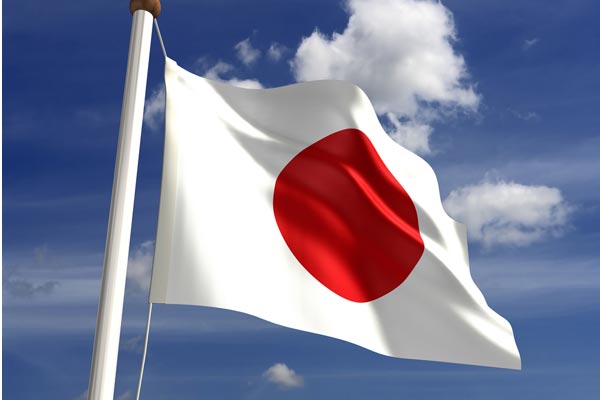An earthquake measuring 7.6 on the Richter scale has severely impacted Japan, particularly the Ishikawa Prefecture, causing loss of life and extensive damage.
Aftershocks and infrastructural challenges persist, prompting global attention towards Japan’s ongoing rescue and relief operations.
A series of powerful earthquakes, with a magnitude of 7.6, struck Japan’s Ishikawa Prefecture, resulting in significant casualties and widespread damage. The tremors have triggered aftershocks and minor tsunamis, which continue to disrupt the region’s infrastructure.
Prime Minister Fumio Kishida has mobilised approximately 1,000 members of Japan’s Self-Defence Forces to assist in rescue efforts across the affected areas. Search and rescue teams are strategically deployed to ensure maximum reach and efficiency in aiding those impacted.
Despite the initial tsunami warning now being lifted, the disaster has left approximately 500 people stranded at Noto airport due to extensive damage sustained by the terminal. Injuries and the overall devastation have been exacerbated by this isolation.
Efforts are being concentrated on establishing sea routes to remote areas of the northern Noto Peninsula, which bore the brunt of the earthquake. These endeavours are vital to access and assist those isolated by the disaster.
The Foreign, Commonwealth & Development Office has issued updated travel advice, urging individuals in affected regions to adhere to local authorities’ instructions. It emphasises the continued risk of aftershocks and advises keeping updated with NHK World news.
Prime Minister Rishi Sunak has affirmed support for Japan, advising British nationals within the areas to remain informed and follow official guidance. These recommendations highlight the importance of international cooperation and communication during crises.
Information regarding the disaster’s impact and necessary precautions is available via the Japan Meteorological Agency and the Japan National Tourism Agency websites.
The earthquake impacted various Japanese prefectures such as Ishikawa, Yamagata, and Niigata, as well as notable regions including Hokkaido and Kyoto. These areas are experiencing disruptions in transportation and daily operations.
With infrastructure damage reported across the affected zones, there is a concentrated effort on restoring essential services and stabilising the situation. The focus remains on ensuring safety and operational continuity amidst ongoing seismic activity.
Public broadcaster NHK World is playing a critical role in disseminating information and updates to keep people informed about the current situation in real-time. This supports local efforts in maintaining public safety awareness.
Social media platforms have been instrumental in sharing images and firsthand accounts, providing the global community with detailed insights and facilitating international support.
These events underscore the need for strong disaster preparedness frameworks and efficient public communication systems. Reflecting on the current response efforts may guide improvements for future readiness against such natural disasters.
Authorities are encouraged to review and enhance emergency plans, considering the unpredictable nature of seismic activities in Japan and similar regions worldwide.
Coordinated rescue efforts and international support are vital for effectively managing natural disasters of this magnitude. Continuous communication and cooperation are essential components of a resilient response strategy.
Japan’s response to this devastating natural disaster underscores the critical importance of preparedness and global cooperation.
Effective communication and strategic planning are fundamental in mitigating the impact of such calamitous events.

